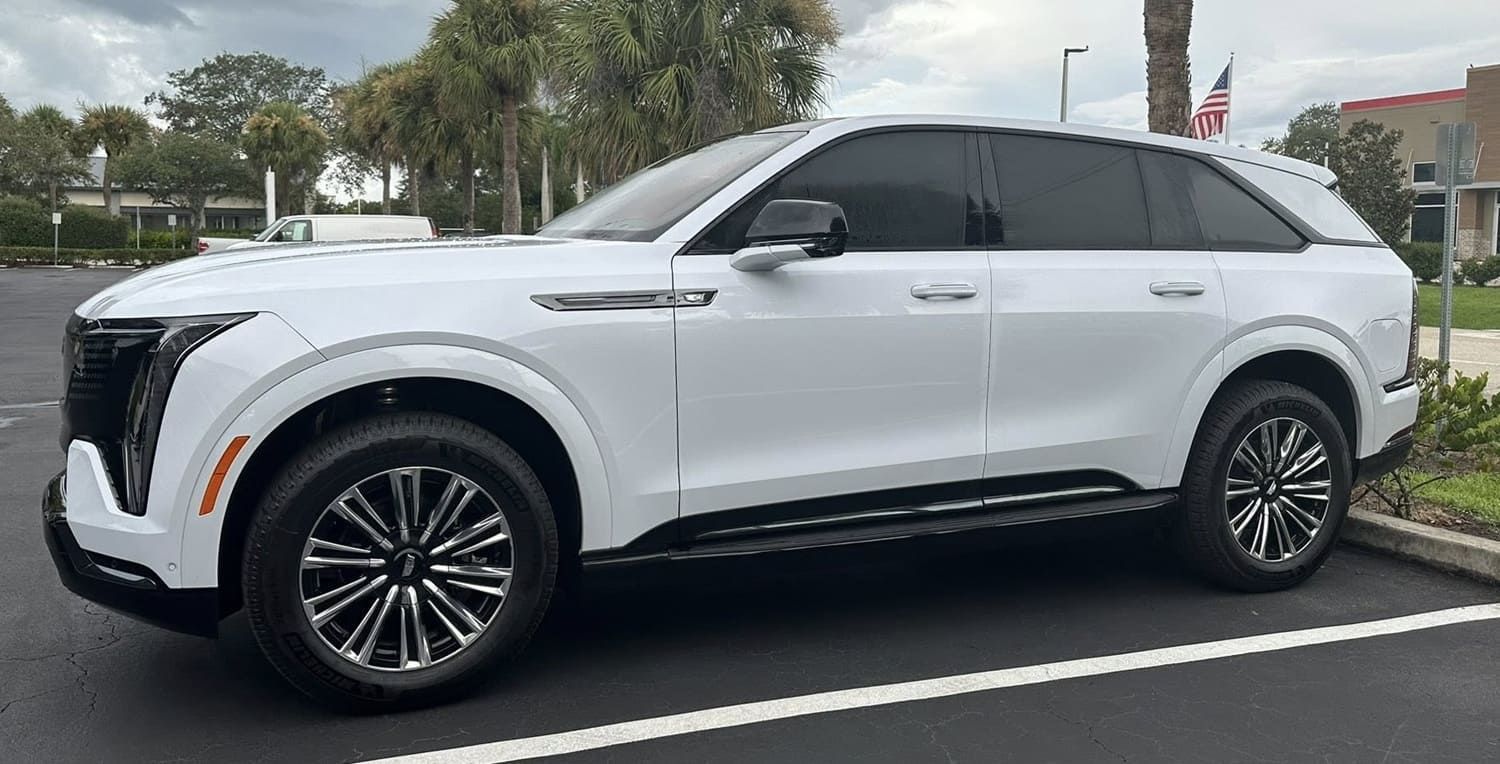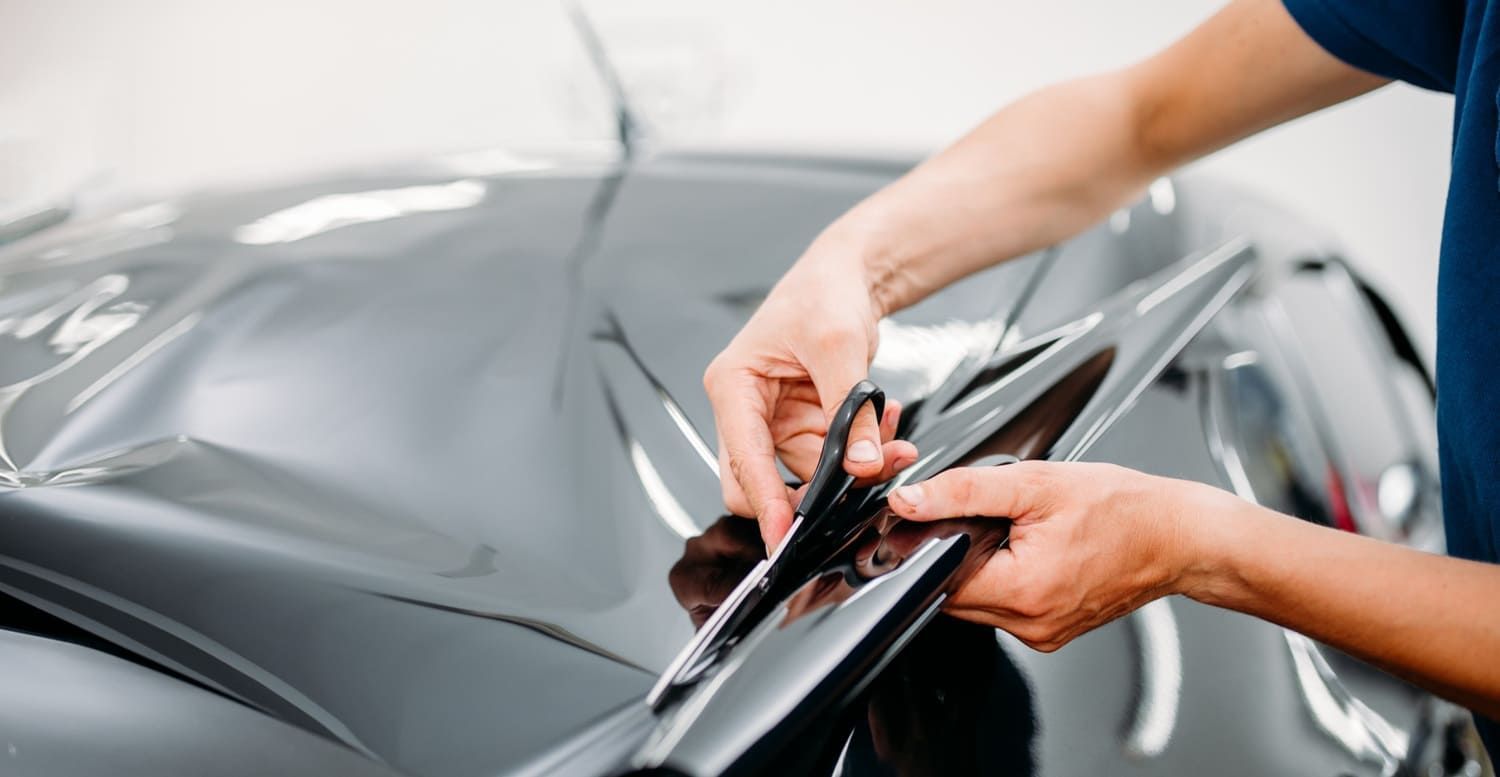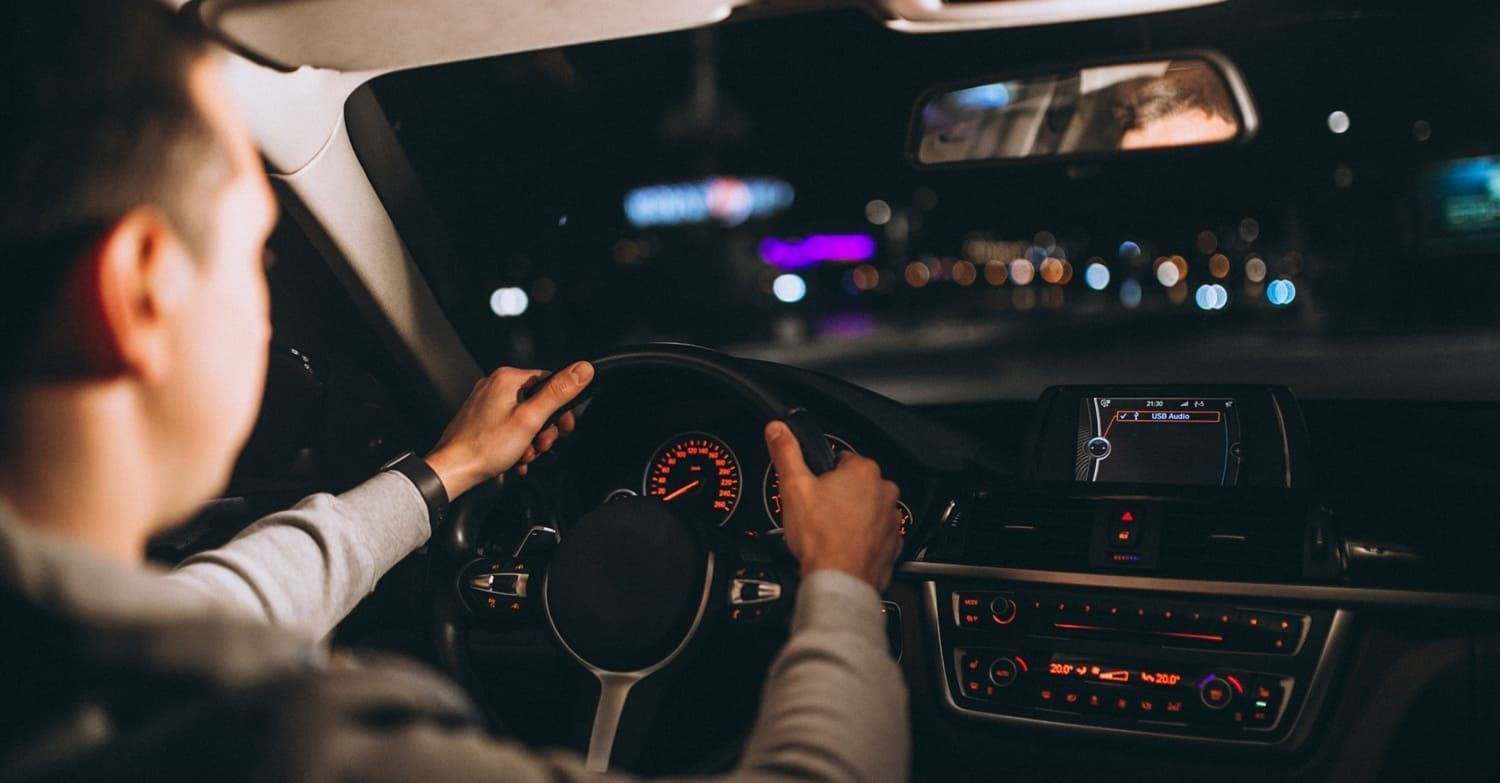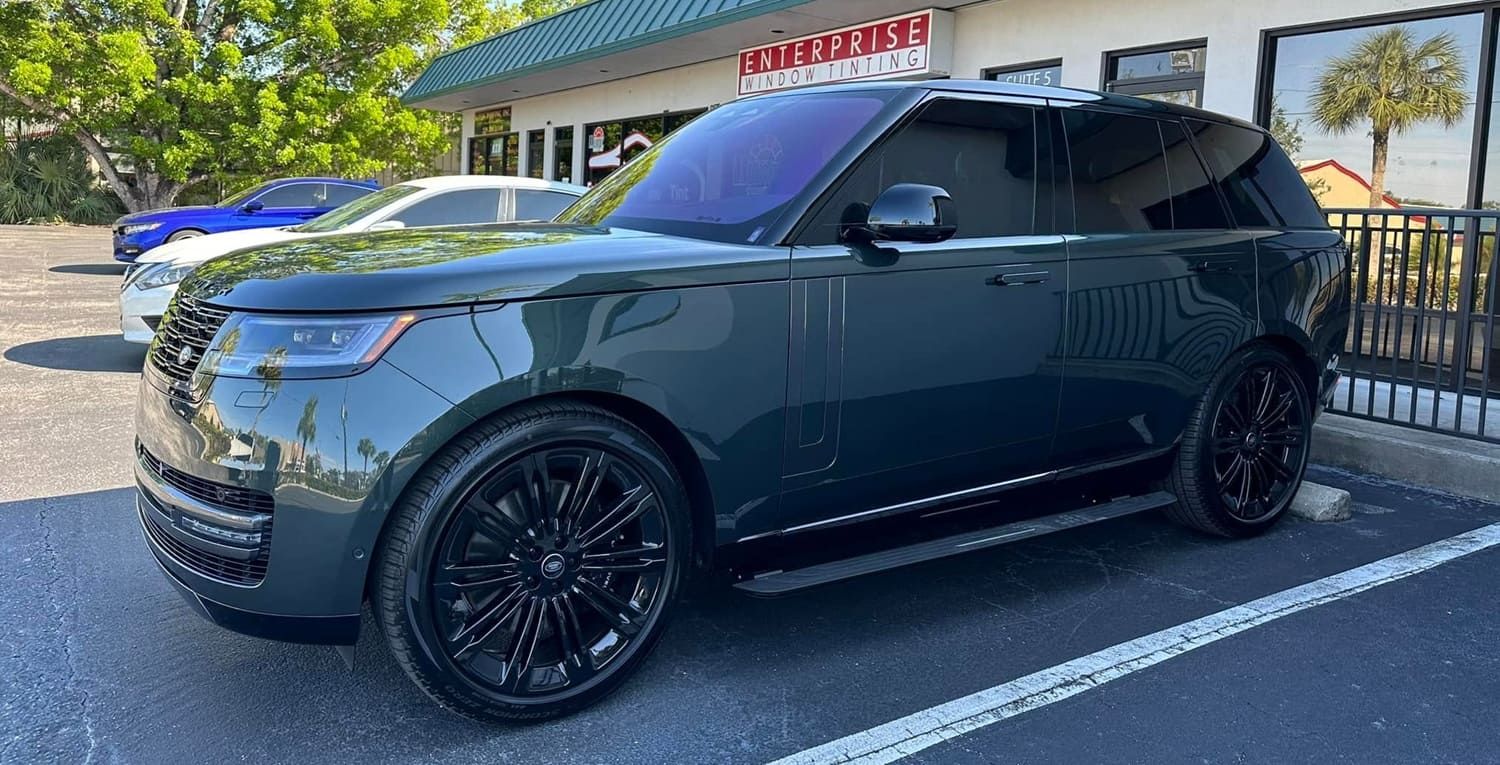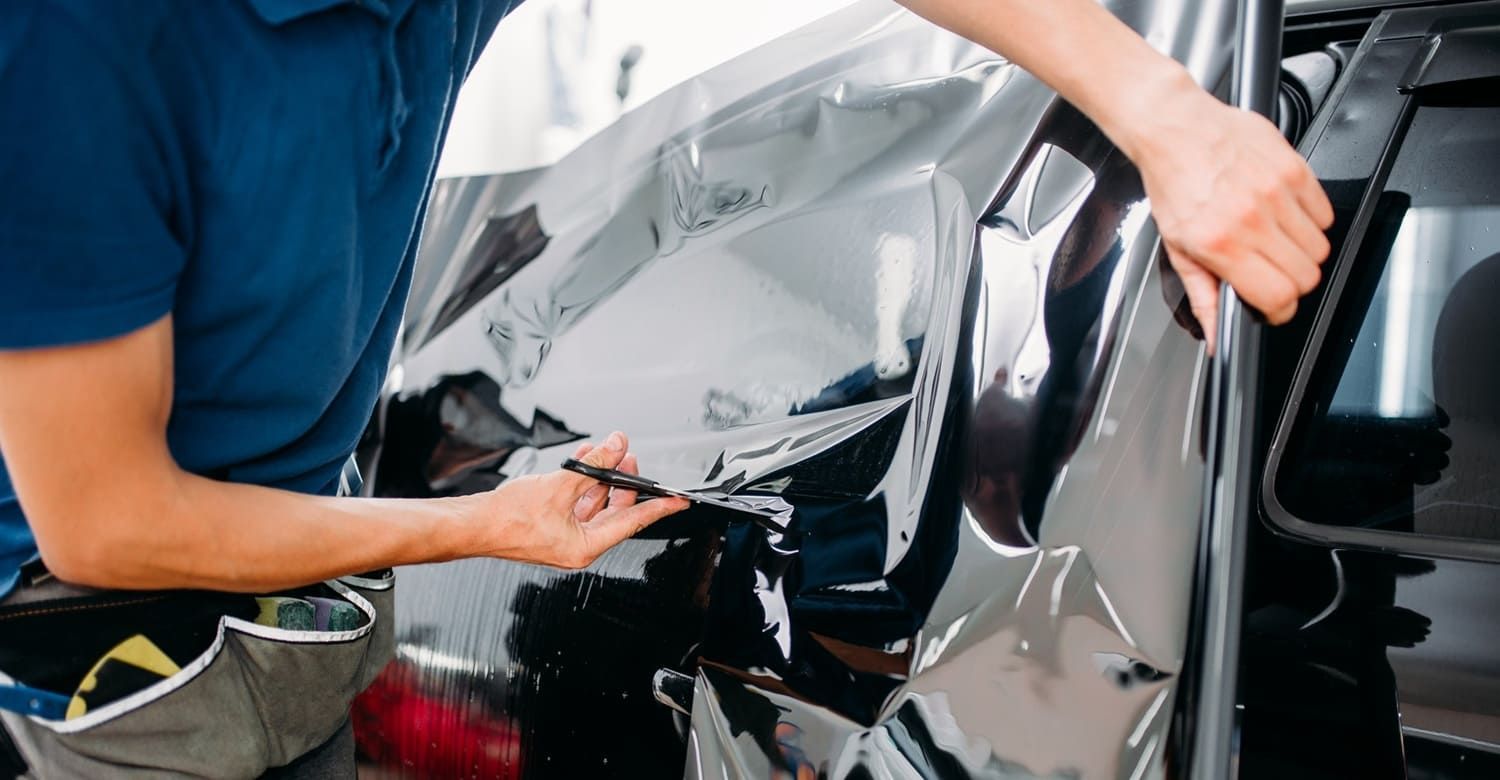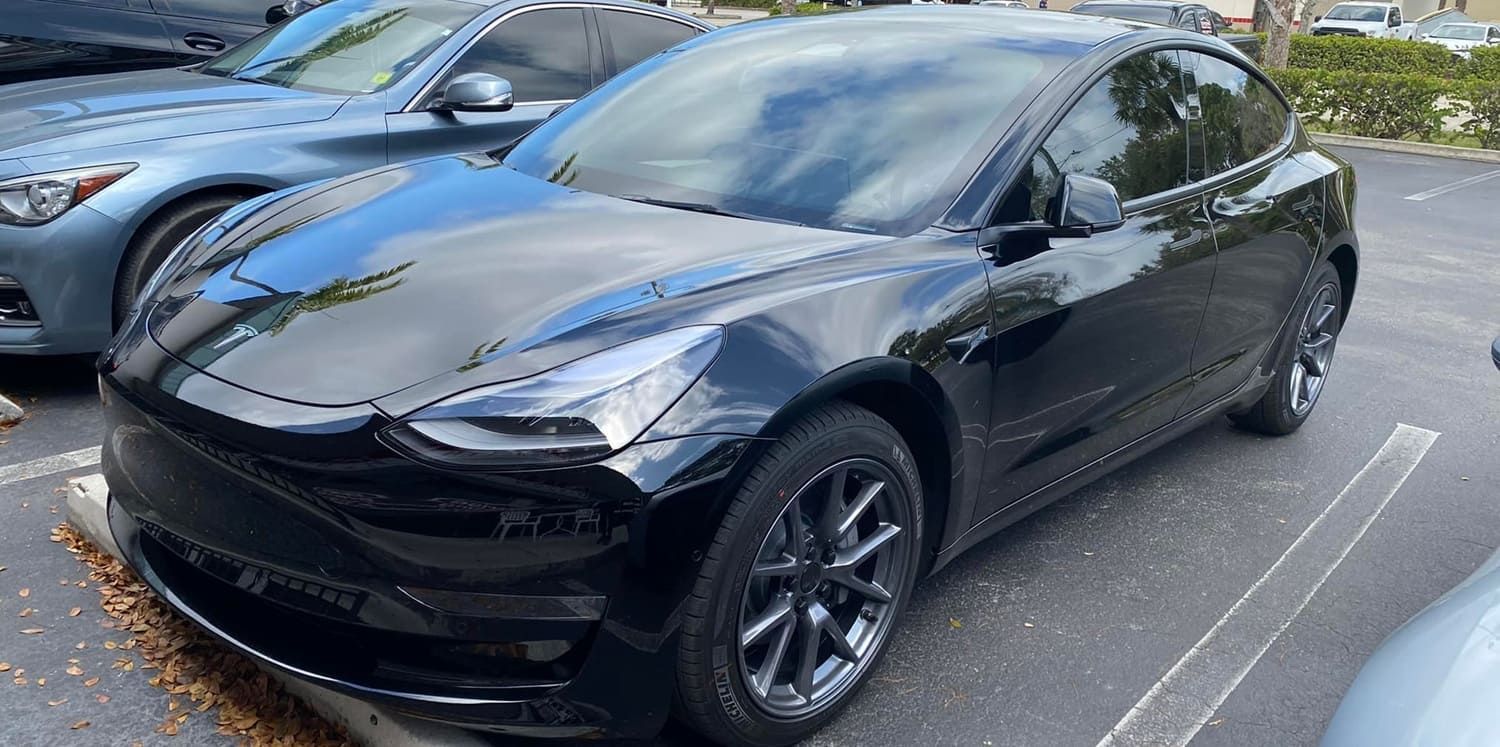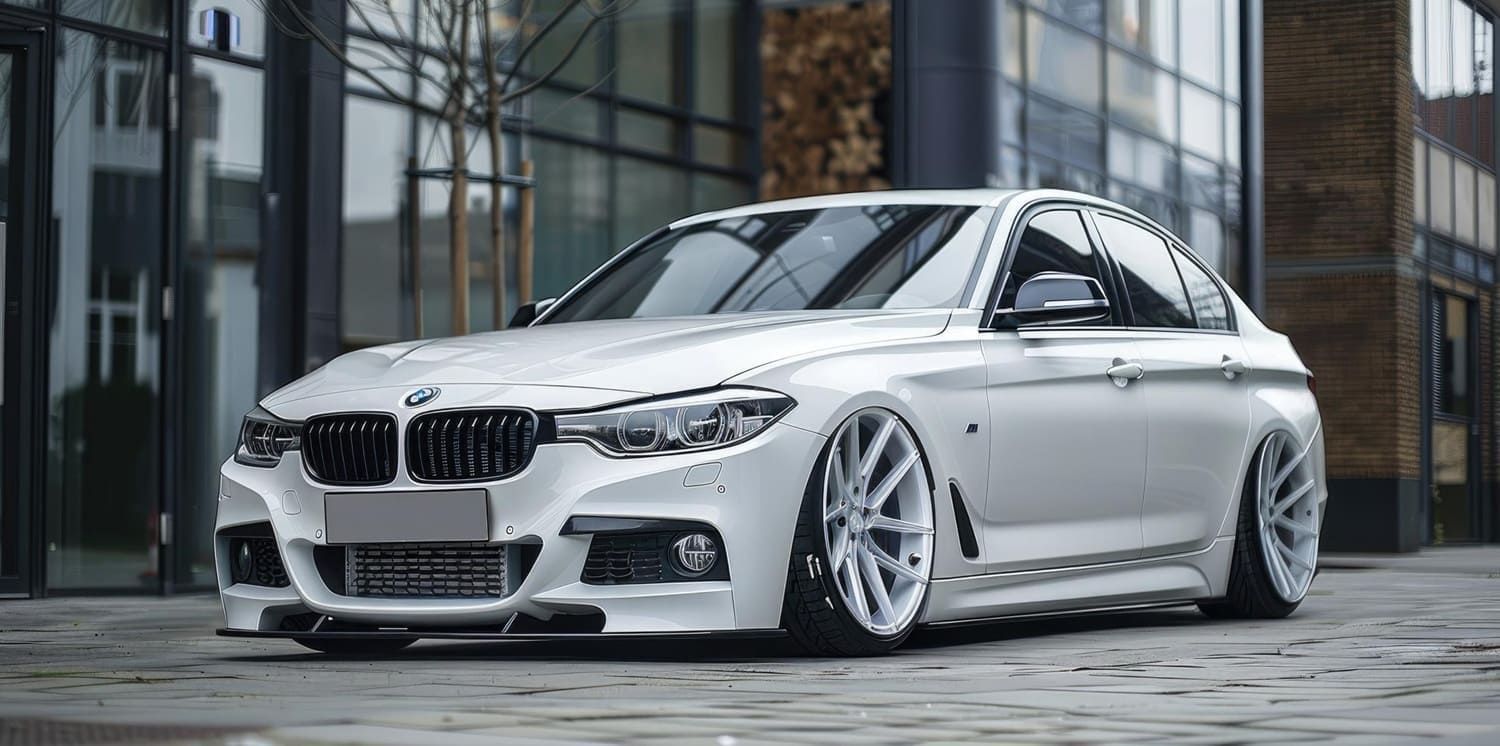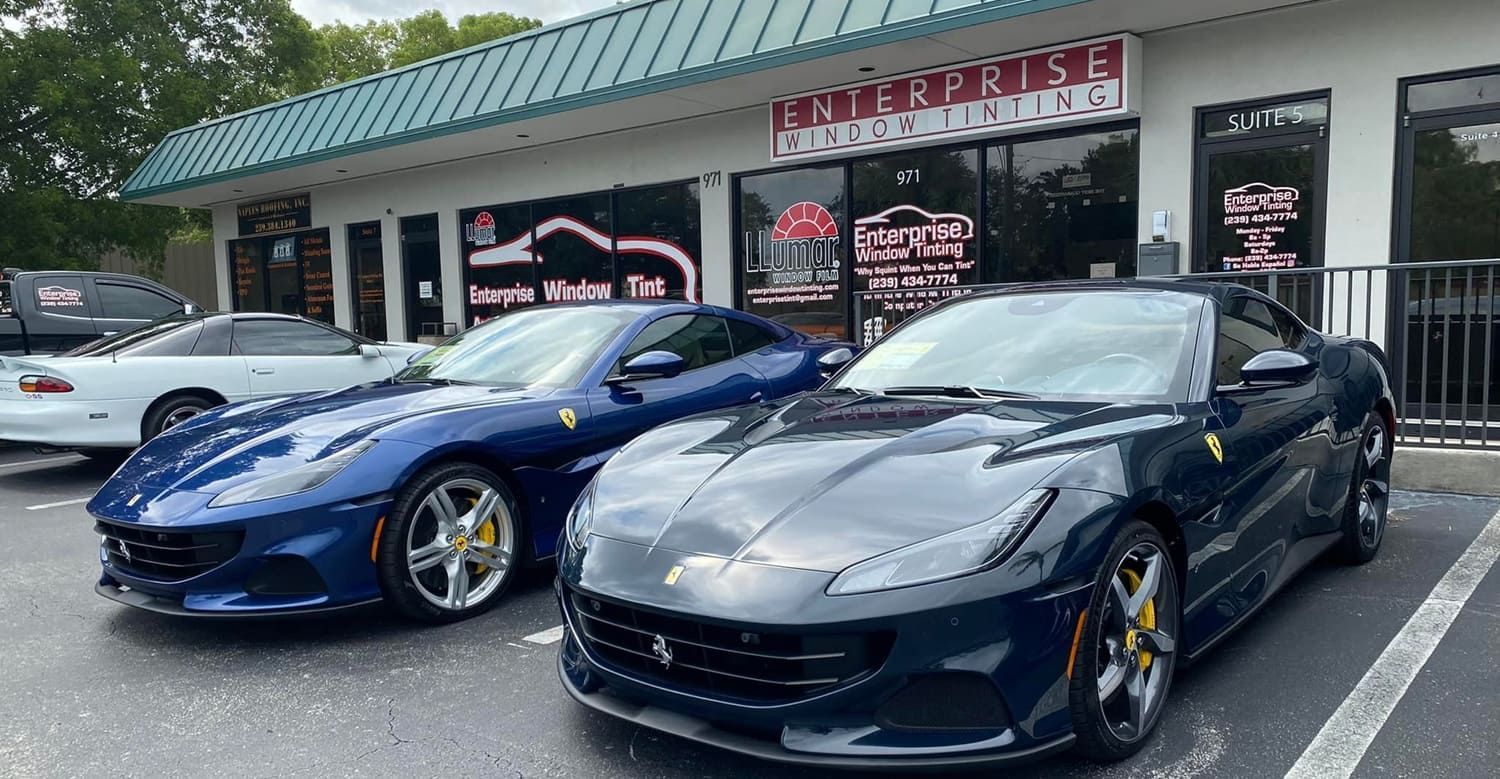How to Choose the Best Window Tint Percentage for Your Car
The first step to car window tinting is to choose the best window tint percentage for your vehicle. Here is a helpful guide on how to make your decision.
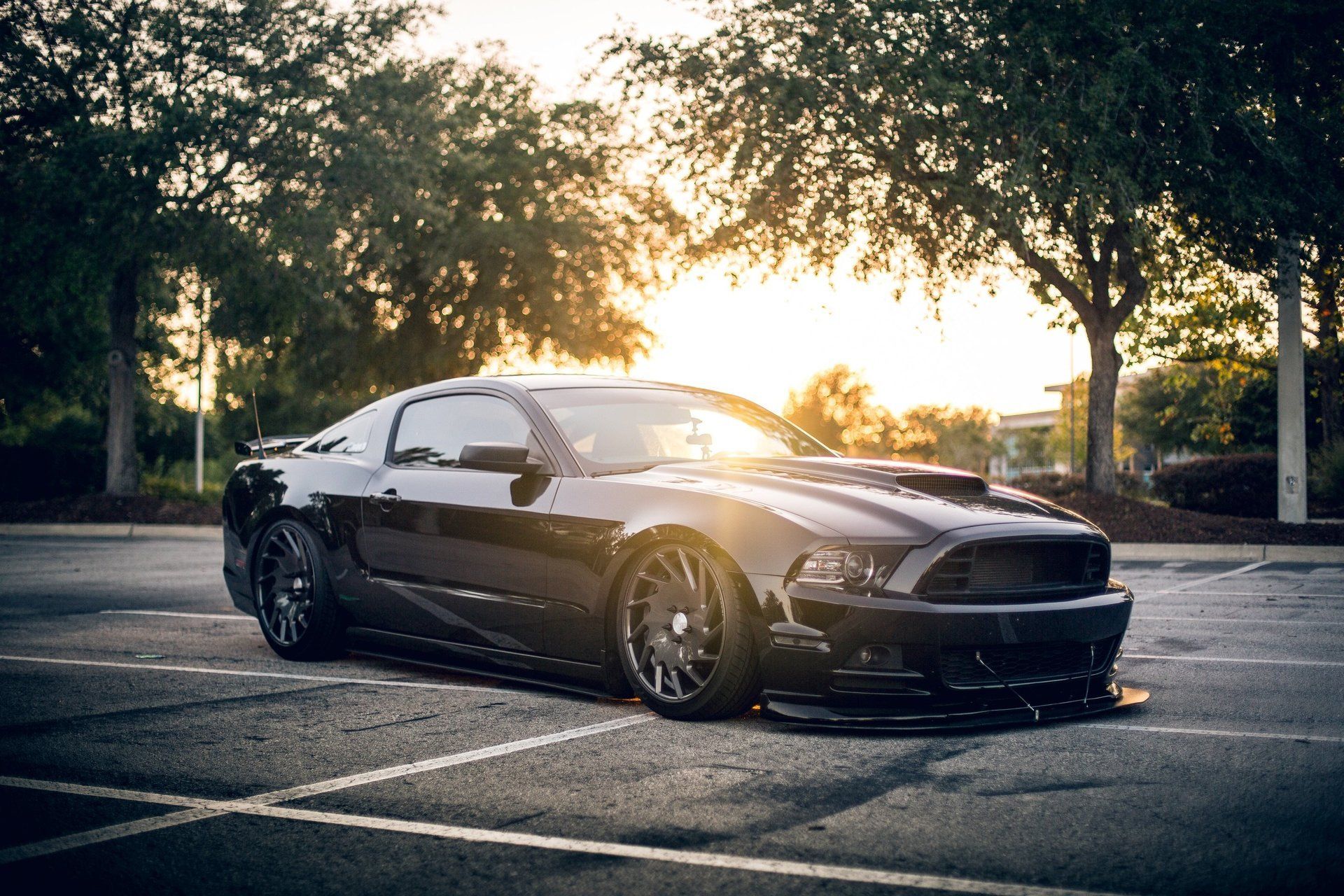
Your car is a major part of your life. If you’re like most people, you spend over 17,000 minutes behind the wheel of it each year!
Given how often we use our cars, it’s no wonder we want them to look their best. Car window tinting is a quick and effortless way to enhance your ride’s appearance—in addition to protecting your interior and upholstery from sun damage.
But when it comes to finding the best percentage for your auto window tinting, it can be hard to figure out the best option. How much tint do you need, and how dark is too dark?
If you’re on the fence about your window tint, we’ve got you covered. Here’s what you should consider when choosing the right option for your vehicle.
Understanding the Basics of VLT
Before we get too far into how light or dark to tint your windows, it’s important to understand the basics of visible light transmission, or VLT.
VLT is how much light can filter through a window tint. It’s expressed as a simple percentage, allowing buyers to make a quick decision. Window tint manufacturers will note the VLT of any product they offer.
As you might expect, the VLT of a tint affects the darkness of your car’s interior. However, it also affects all of the other benefits you get from window tinting, like your car’s heat and UV protection as well as the amount of privacy you’ll get.
It’s critical to remember that VLT expresses how much light you can see through a window, not how much light the tint will block. Higher VLTs amount to lighter tints, while lower VLTs will offer darker coloring.
All of the most popular window tint manufacturers, like the LLumar auto film brand, offer standard window tints in a standard tier: 50%, 35%, 20%, and 5%.
State Laws Regarding Car Window Tinting
Now that you understand the basics of VLT, it might be tempting to pick the darkest percentage you’re comfortable with and spring for a tint.
Not so fast! All fifty states have specific laws about auto window tints, so it’s important to keep them in mind.
If you fail to take these laws into account, you might get pulled over or incur fines. As a result, it’s important to consider the local laws not only in the state where you live, but also in any state where you will be driving your car. If there’s a chance you’ll cross the state border into a neighboring state or take a road trip in your vehicle, consider opting for a lighter tint that meets the requirements of all states involved.
If you’ll be spending your time only in the state of Florida, the requirements are pretty specific. State law mandates that the vehicle side windows must have a VLT of 28% or above. In addition, the rear and back windows must have a VLT of 15% or higher.
However, you’re exempt from meeting these requirements if you have a medical condition that involves light sensitivity, such as skin or eye conditions.
Finding the Right Auto Window Tinting Percentage
With a better understanding of VLT and local laws, it’s time to decide the right window tint percentage for your needs. While there are a few key factors that should play into your decision, it all comes down to your specific preferences. Here are a few points to consider as you make your choice.
What Look Are You Envisioning?
For some drivers, the primary reason for picking an auto window tint is aesthetics. The right tint can offer a sleek, classic appearance of a racing car or the luxury look of a limousine. In general, darker tints may be the appearance you’re going for, though some drivers prefer a clearer look with a higher VLT.
Are You Worried About Your Car’s Interior?
Whether you have a luxury vehicle with expensive leather seats or a classic car whose vintage interior you need to protect, window tint can help. Even a high VLT can make a difference over time, though a lower one can offer you more protection in the long term.
Do You Have Eye- or Skin-Related Health Concerns?
Sunlight can cause major health concerns, especially for drivers who spend a great deal of time behind the wheel.
If you’re hoping to protect your skin, the Skin Cancer Foundation recommends that drivers choose dark tints to protect themselves from harmful UV rays. These dark tints can also protect your eyesight on the road.
If you or anyone who drives your car has a medical condition that boosts your eyes’ or skin’s sensitivity to sunlight, you may want to opt for a darker tint as well.
Do You Need to Block Sun Glare?
Drivers who spend a lot of time behind the wheel during the day often grow frustrated and even worried about the sun’s glare. Beyond causing damage to your eyes, this glare can be distracting or even make it more difficult to see, which can increase your risk of getting into an accident. Even a light window tint can help prevent this.
Are You Worried About Your Privacy?
Some drivers feel exposed when bystanders look into their vehicle. If you’d like to gain more privacy behind the wheel, window tints can help.
A lighter 50% tint can offer enough blocking to give you a minor privacy upgrade, making it more difficult for someone outside your car to make out details of your features. Darker tints offer even more privacy, making your shape more of a silhouette.
Do You Need Stronger Security?
If you live in an area that’s prone to theft and break-ins, a darker window tint of 35% or lower may be a good idea. Keeping strangers from peering into your car can prevent them from seeing any valuables you have inside of it.
Get Expert Advice From Our Team
Not sure what to choose? If you’re having trouble finding the right car window tinting percentage, talking to an expert can help. What’s more, a professional will be able to ensure that your choice meets all legal requirements for your area.
Our team at Enterprise Window Tinting has a wealth of experience providing excellent auto window tinting service to Florida drivers. We offer high-quality LLumar auto film brand tints for long-lasting results, and we work with vehicles of any make and model. Get your free online estimate today!


